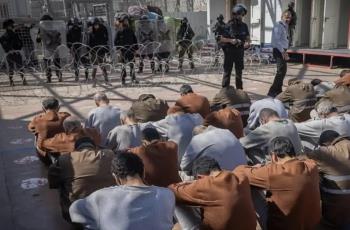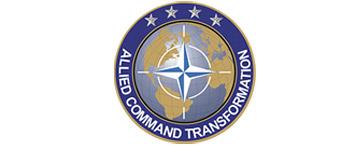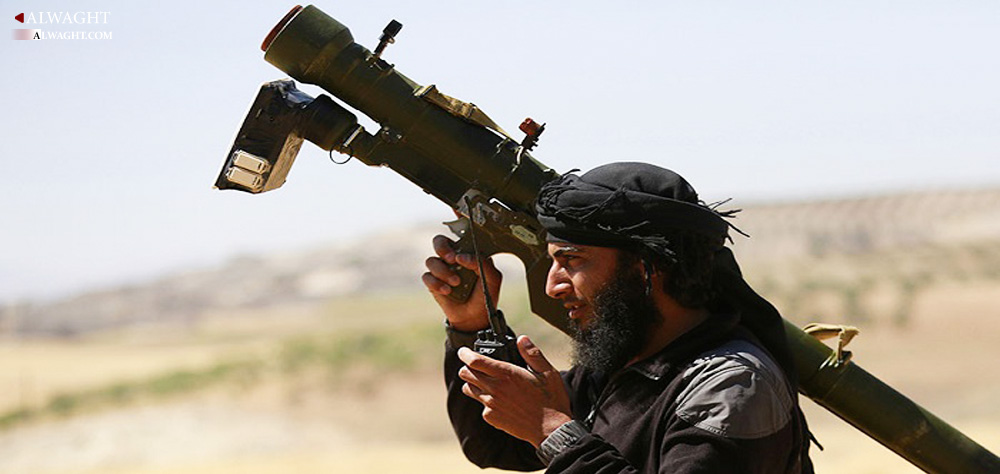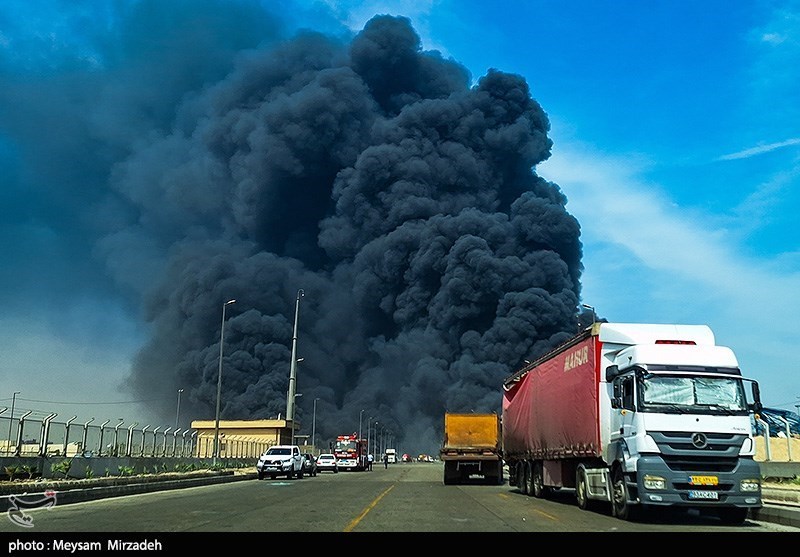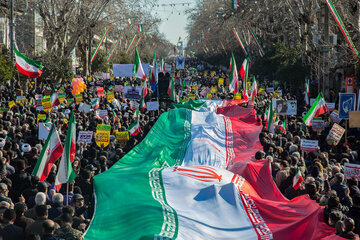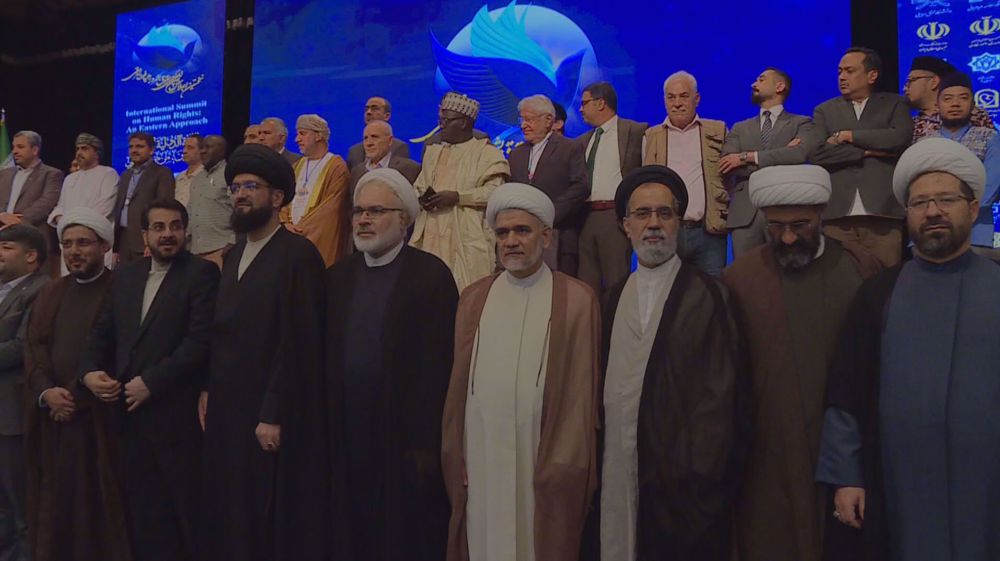Alwaght- The US Congress has passed a law that authorizes the incoming American President Donald Trump to deliver anti-aircraft missiles to the terrorist groups in Syria. A couple of days before approval of the new Congress bill, the US President Barack Obama had wavered the ban on delivery of arms to the militants fighting in Syria.
Notwithstanding the new plan for arming the terrorists fighting the Syrian government, some congressmen from both Republican and Democrat parties on December 9 introduced a bill that will put a ban on weapons delivery to the terrorist organizations in West Asia region and around the world.
A group of lawmakers of the US House of the Representatives from the two political parties has presented Stop Arming Terrorists Act (SATA) to gain approval of the House. Once approved, the act will call on the US government to avoid providing arms, funding, and training to the organizations or groups that are blacklisted as terrorists.
This multifaceted approach of Washington can note that the law for sending man-portable air-defense systems to the armed groups in Syria is simply a diplomatic and propagandistic gesture, with the aim of forcing Damascus government and its allies to accede to Washington’s demand for agreeing with the ceasefire in Aleppo while they are closer than any other time to full liberation of the northern city. Because, first, the Congress arms delivery authorization echoes delivery of the FIM-92 Stinger man-portable anti-aircraft missiles to the Afghan mujahedeen fighting the Soviet Union forces in their country in the 1980s. Second, earlier the word spread that Saudi Arabia had armed the anti-Damascus terrorists with such a man-portable weapon. Still, the new American move should not be simply taken for granted.
In the middle of this year and on the threshold of the start of the negotiations between the Syrian government and the opposition groups in Geneva, some reports circulated about a new plan by the CIA and intelligence services of the US allies in Syria. According to the reports, the plan says that if the fragile truce between Damascus and the so-called “moderate rebels” fully collapses, CIA will equip the anti-Syrian militant groups with more modern arms, including the man-portable missiles.
Dubbed alternative plan or more officially "Plan B", the US scheme eyes delivering the portable air defense systems to enable terrorist groups such as Jabhat Fateh al-Sham (formerly al-Nusra Front) and the Free Syrian Army (FSA) to counter raids by the Syrian air forces as well as the artillery units.
The Wall Street Journal daily had reported back in February that Obama’s top military and intelligence advisors pressed him to approve the Plan B which intended to curb the further Russian sway in Syria. Since then, further details of the types of the arms that were planned to go to the militant groups in Syria were disclosed.
Implementation of the Plan B was discussed in secret meetings between CIA officials and the allied intelligence officials in the region before official ceasefire went into effect on February 27. The meetings were very likely held in Jordan.
The CIA officials during the secret sessions emphasized that once their bid is approved by the president, the new anti-aircraft systems will be sent to militant groups in Syria only if the Plan A, namely ceasefire, negotiations, and sustainable peace fail.
The special message sent by the new bill from Washington to Moscow contains a tacit threat, warning the Russians that the armed opposition groups will not move out of the battlefield and collapse of the truce and resumption of the full-scale fighting will put life of the Russian pilots on the line as CIA plans surface-to-air missile systems delivery to the terrorist groups in Syria.
Seemingly, it appears that Washington wants to take advantage of the experience of giving Stinger missile systems to the Afghan mujahedeen, a move that tried to turn Afghanistan into a Vietnam for the Soviet forces but led to strengthening of the terrorist movements in Central Asia. With CIA arms delivery plan, the same threat will be unavoidable to the whole world, even to the Western countries.
However, with this dangerous experience, it is unlikely that the US and its allies take the same steps of the 1980s, because they will bring forth nothing but threats– this time even in larger scales– for Washington and its allies.


